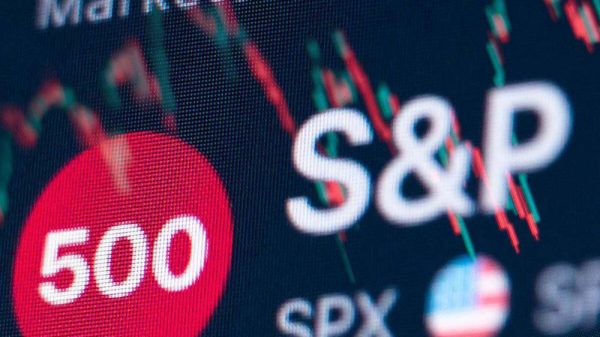According to a recent report by Goldman Sachs, credit card losses are skyrocketing at a pace unseen since the Great Financial Crisis. While the economy is not currently in a downturn, the acceleration of losses is alarming and raises concerns about the financial well-being of consumers. This article delves into the reasons behind this trend, its implications for both individuals and the economy, and the potential outlook for credit card losses in the coming years.
Unusual Rise in Credit Card Losses
Goldman Sachs highlights that credit card losses reached a low point in September 2021 but have been rapidly increasing since the first quarter of 2022. What sets this period apart is the fact that losses are accelerating outside of an economic downturn, which is highly unusual. Typically, credit card loss cycles coincide with recessions, but this time, losses are occurring during a period of relative economic stability.
Current State and Future Projections
As of now, credit card losses stand at 3.63%, marking a significant increase of 1.5 percentage points from the bottom. Goldman Sachs predicts that this upward trend will continue, with losses expected to rise by another 1.3 percentage points to reach 4.93%. These projections are concerning, especially considering that Americans currently owe over $1 trillion on their credit cards, a record high according to the Federal Reserve Bank of New York.
Delayed Peak and Potential Risk
Analyst Ryan Nash suggests that delinquencies might continue to underperform seasonality until the middle of next year, and he doesn’t anticipate losses peaking until late 2024 or early 2025 for most credit card issuers. Nash identifies an interesting pattern where losses tend to peak six to eight quarters after loan growth peaks. Based on this historical observation, he argues that the credit normalization cycle is only halfway through, implying that the worst may still be ahead.
Implications for Consumers and the Economy
The surge in credit card losses raises concerns about the financial health of consumers and the broader implications for the economy. Individuals struggling with mounting credit card debt may face increased financial stress, impacting their ability to meet other financial obligations and hindering their overall economic well-being. Moreover, as credit card companies bear the brunt of these losses, it could potentially lead to tighter lending standards, reduced credit availability, and higher interest rates for consumers.
Risk Factors and Vulnerable Companies
Among the credit card companies, Capital One Financial and Discover Financial Services are identified as having the most downside risk. The exact reasons for their vulnerability were not explicitly mentioned in the report, but it suggests that these companies may face more significant challenges in managing their credit card portfolios amidst the rising losses.
Conclusion
The unprecedented rise in credit card losses, surpassing levels seen since the Great Financial Crisis, is a cause for concern. The acceleration of losses outside of an economic downturn suggests underlying issues within the credit card industry and consumer financial health. As losses continue to mount, it is essential for individuals to manage their credit card debt responsibly and seek assistance if needed. For the broader economy, vigilance is necessary to monitor the potential ripple effects of these losses on lending practices, consumer spending, and overall financial stability.











